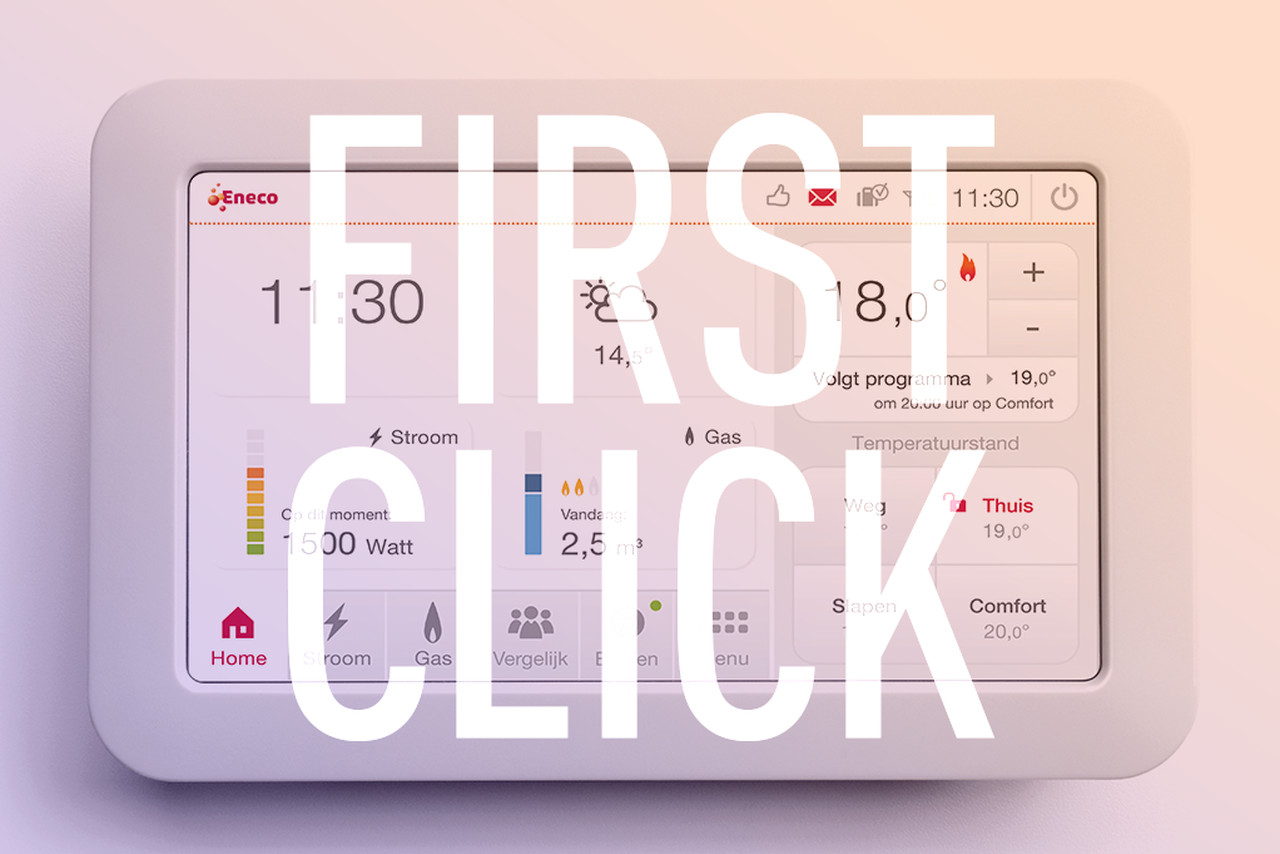That time my thermostat began talking to the lights

The goal of the Internet of Things (IoT) is to integrate all the dumb objects around us in meaningful and intelligent ways. But that requires a lot more thought than simply putting a chip in something and calling it "smart." Yet for all its excess, sometimes the Internet of Things gets it right.
I've accumulated a number of smart objects over the years. Some with the explicit intent of solving a problem, others out of professional curiosity. My Toon LCD thermostat from Dutch energy provider Eneco fits in the first category, acquired a few years ago to give me real-time insight into my daily energy consumption. My Philips Hue lights fit into the latter, weirdly popular bulbs I bought because it's fun to automatically turn your lights purple when it's about to rain.
Yesterday I fired up my thermostat after being out of the house for six months due to a renovation. After a quick software update, I was greeted with a faster, nicer looking UI that asked me if I wanted to add my Hue lights.
Wha?
Never before had I thought, "wouldn't it be nice if my thermostat was integrated with my lights." But then it hit me as I stared at the message on Toon's 7-inch touchscreen: that big LCD would make a perfect lighting hub.
Now my intelligent thermostat is also a centralized panel from which my family can control the home lighting — no smartphones required. Now that's smart.
Toon, like Hue, ships with a ZigBee wireless chip. That's the same silicon you'll find in Nest and even Google's new OnHub router, in addition to hundreds of home automation devices that have been around for years. But the ZigBee chips found in the new generation of smart devices can often lie dormant (as was the case with Nest and now OnHub) while companies wait for their own product lines (and those of others) to mature. Sometimes you just get lucky.
The promise of IoT is real — we just need more examples like my own to cut through the hype.
^ed

No comments:
Post a Comment